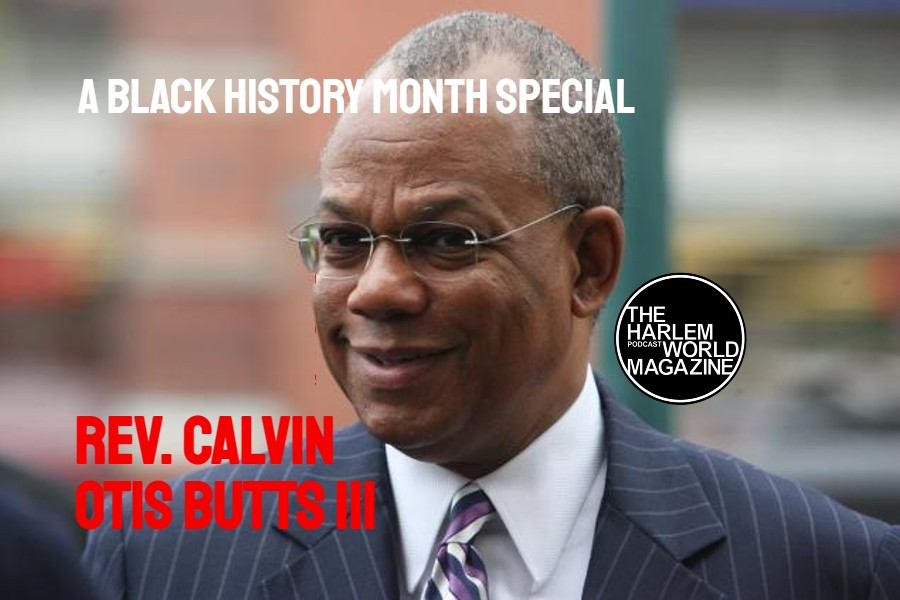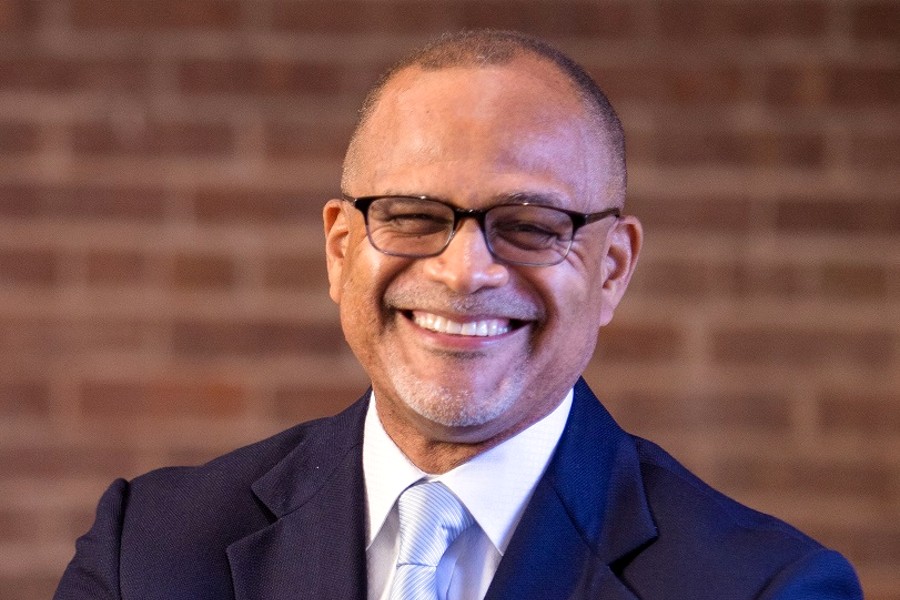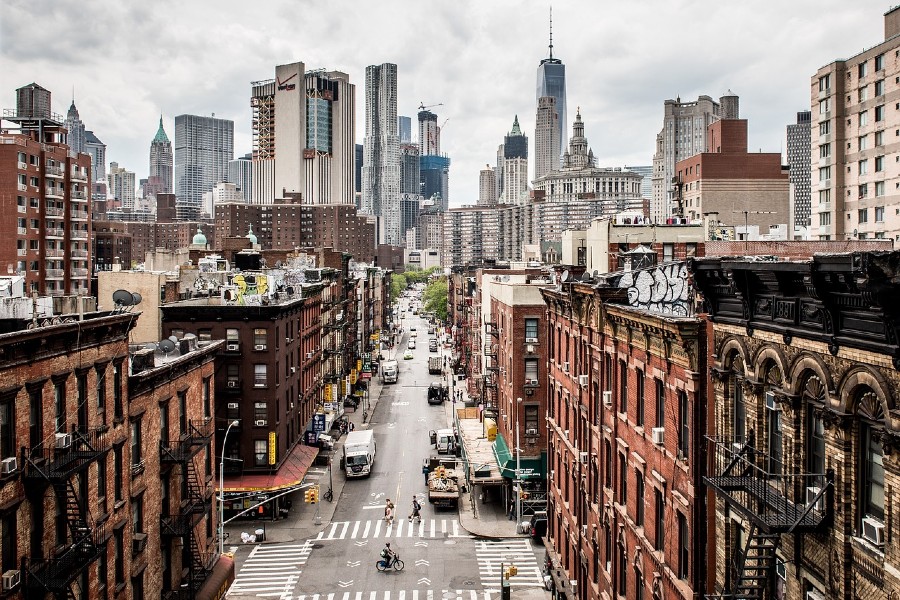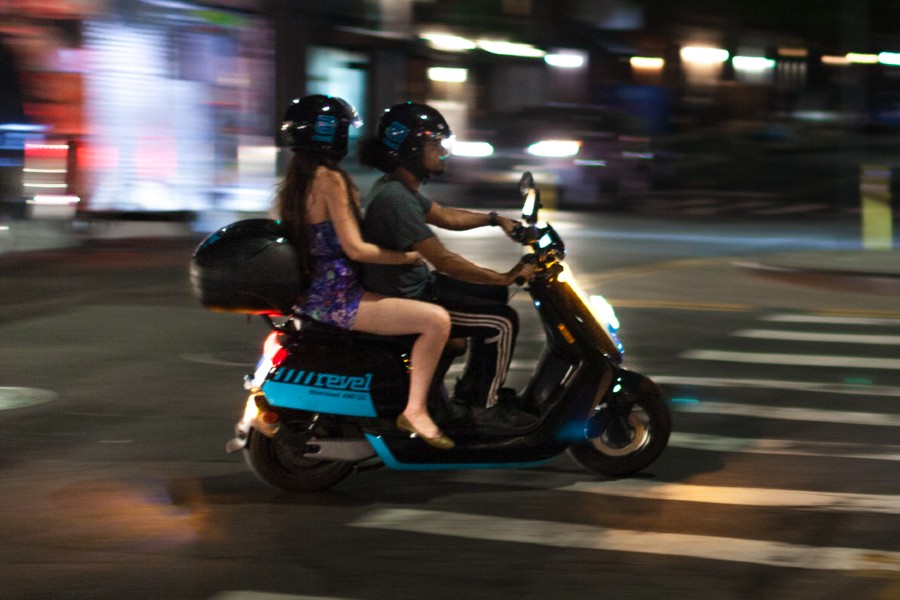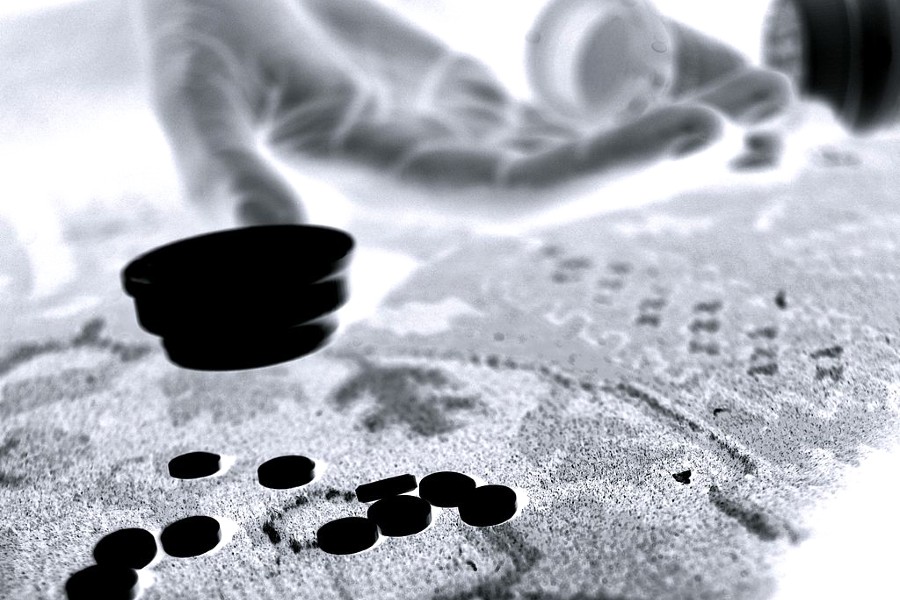By Walter Rutledge
Parsons Dance concluded their two-week season at the Joyce Theatre on Sunday January 26. The season commemorated the company’s 30th anniversary with a very audience friendly program of varied works spanning 32 years of Parsons choreographic achievements. Parsons Dance is comprised of eight dancers, each have the strong technical prowess and versatility to match the impressive and inviting repertoire.
Introduction, a world premiere and only new work, opened the program. The dance had a freshness and ease that conveyed confidence in both in the choreographic structure and the execution by the ensemble cast. Composer and cellist Rubin Kodheli’s created a very danceable score with eastern influences, that Parson was able to subtly translated into movement.
Rippling carefree torsos offset flexed hands and stylized arms. The expansive use of space and fearless ability to travel from the air to the floor were equally balanced by tight technical performed turns in ferme’and ouverte positions. Parsons was able to capture the excitement of the final coda bring the work to a satisfying conclusion.
In Brothers Parsons created a playfully platonic, and at times boyishly teasing exchanged between dancers Steven Vaughn and Ian Spring. Brothers captured the sense of sibling rivalry and testosterone driven one-upmanship that went beyond pure athleticism. The clearly focused camaraderie had moments of genuine male affection, that successfully avoided what would have been unnecessary and distracting homoeroticism. This pathos was expressed in both humanistic physical gestures and controlled/ supportive movements and phrases.
The work was set to Stravinsky’s 1920 masterpiece Concertino for 12 Instruments. Parsons displayed strong structure and well developed phrasing that was cleverly reintroduced throughout. Parsons choreographed Brothers in 1982, and the work has retained its power, dynamics and wit.
The Hunt, created by former company member and present Alvin Ailey American Dance Theatre Artistic Director Robert Battle, was a commissioned by Parsons Dance and premiered at the Joyce in 2001. The work has been seen most recently in the repertoires of the Alvin Ailey American Dance Theatre and Ailey II as a male sextet. The Parsons Dance version was restaged as the originally commissioned quartet and performed this season by both an all male and all female cast.
The opening section of the work shifted between a quartet of primarily unison movement to bookend duets with a strong use of level and visual imagery. The Hunt quickly developed a movement vocabulary that created its own dance language. This language shifted between nuanced conversations to viscerally combative statements.
The quartet was united in a common purpose. Despite the primitive art imagery and almost cubist angularity the work had the appearance of individuals united on a quest, instead of people performing a ritual. This removed the feeling of a tribe, giving the group commonality the aura of a clan.
The second half of the program ranged from lighthearted to awe-inspiring but retained the evening’s strong sense of entertainment and theatricality. Kind Of Blue was an up-tempo jazz inspired quartet set to the music of the legendary Miles Davis. The work was originally commissioned in 2001 by the Umbria Jazz Festival, Perugia, Italy, as a tribute the 75th anniversary of the birth of Davis.
Dancers Christina Ilisije, Elena D’Amario, Miquel Quinones and Ian Spring danced with an “out on the town” spirit. There was a bit of whimsy and delight in the dancers delivery, which was also express through the choreographer’s impeccable musicality. Parsons use of syncopation and counterpoint reinforced the true essence of the musical composition producing an unpretentious and extremely enjoyable visual interpretation.
Every artist strives for that illusive moment of perfection. The moment Euclidean clarity, simplicity, and invention converge, resulting in a one of a kind experience. Parsons’ wondrous 1982 solo Caught is one such moment.
http://youtu.be/JfVXRn6dNJ0
The solo began with Steven Vaughn dancing in a circular down spot of light. Travelling from down spot to down spot Vaughn circumvented the stage not any establish the boundaries of the space but interjecting the choreographic foundation. Then the magic started supplied by a strobe light and well imagined movement. The illusion created was a montage of beautiful suspended images. At time Vaughn was literally “caught” moving through space as if he was flying. This ingenious concept wowed the audience making it the most memorable and original work on the program.
The program ended with Nascimento Novo, the full ensemble work was set to music of renowned Brazilian singer- songwriter Milton Nascimento. The amalgam of Latin influenced partnered dancing, Bahia reminisced footwork and circular hip movements; combined with his signature style created a joyous celebration of music and movement. The third section was a standout due to Parsons’ brave use of stationary movement. In this section the ensemble express the dance language through upper torso movement while contained in the center section of the stage. Expressive arms, rhythmic torsos, deliberate facial focus and frontal positioning translated into a moving motif.
In Photo:1)Miquel Quinones 2) Christina Ilisije 3) Elena D’Amario and Steven Vaughn

Become a Harlem Insider!
By submitting this form, you are consenting to receive marketing emails from: Harlem World Magazine, 2521 1/2 west 42nd street, Los Angeles, CA, 90008, https://www.harlemworldmagazine.com. You can revoke your consent to receive emails at any time by using the SafeUnsubscribe® link, found at the bottom of every email. Emails are serviced by Constant Contact






